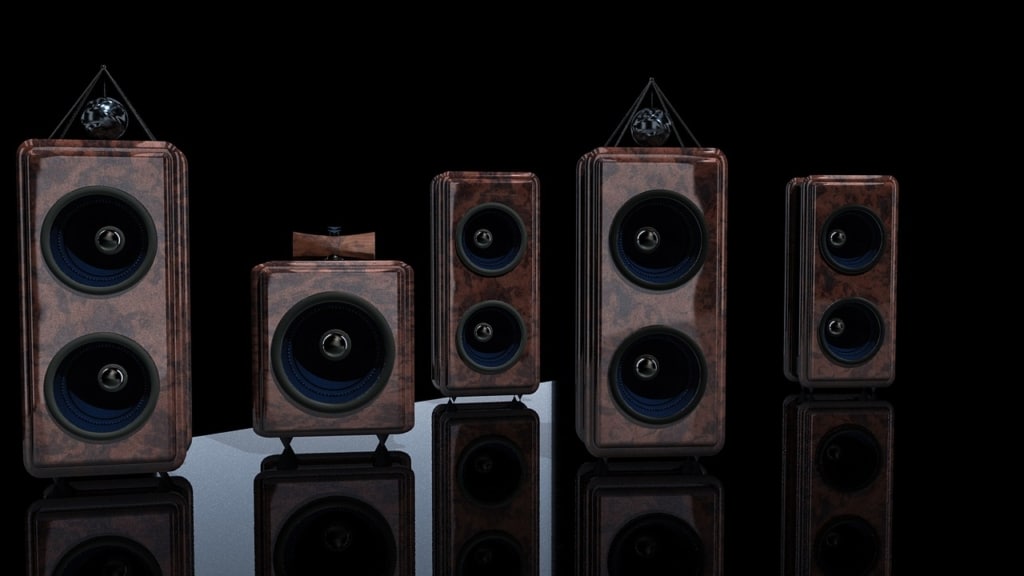
The basic requirements are pre-outs (preamplifier outputs) for the main channels on the surroundamplifier.
If these are missing, you can use voltage dividers or separate the device later (or have it done).
Using the surround amplifier as a common precursor. The stereo amplifier serves as a common final stage:
The main speakers (front left and right) are connected to the stereo amplifier, everything else (rest
boxes and source devices) goes to the surround amplifier.
You connect the pre-outs of the surround amplifier to an input of the stereo amplifier. If you have power amplifier direct inputs (main ins) on the stereo amplifier, use these. Otherwise any other input (except phone).
In this case, the volume control of the stereo amplifier must be set to a specific value in order to prevent unnecessary signal weakening due to the additional pre-amp that is passed through. This value is usually above the "12 o'clock" control setting.
Separate use of the precursors. The stereo amplifier serves as a common power amplifier:
The main speakers (front left and right) are connected to the stereo amplifier, the remaining boxes remain on the surround amplifier. Source devices that play back in stereo or should only be heard in stereo are connected to the stereo amplifier. All other source devices to the surround amplifier.
You connect the pre-outs of the surround amplifier to an input of the stereo amplifier.
If you have power amplifier direct inputs (main ins) on the stereo amplifier, use these.
The pre-outs of the stereo amplifier are then also connected to the power amp direct input (main-in) of the
Stereo amplifier connected.
So now it's going to be one Cinch-Switch necessary to be able to switch between the two preamps.
If you have two separate power amp direct inputs or if the pre and power amp can be separated at the push of a button, this is not required
Switch of course.
The Connection to any other input (except phono) is the surround amp for the stereo amp
just another stereo source.
The above problem of the need to set the volume control of the stereo amplifier to a specific value
can become a problem here.
Since you always have to set this value via the "12 o'clock" control position in surround mode, you can imagine what happens if you do not turn down the control when switching to stereo mode...
Completely separate amplifier branches. Only the main speakers are shared:
Stereo amplifiers and surround amplifiers run independently and alternately serve the main channels
(front left and right). The remaining boxes remain on the surround amplifier.
Source devices that play back in stereo or should only be heard in stereo are connected to the stereo amplifier.
All other source devices to the surround amplifier.
A special amplifier switch between the power amplifiers and the main loudspeakers is absolutely necessary here.
At no time (even during switching) should they be electrically connected to both output stages (not even for a short time).
Furthermore, it makes sense to extinguish the induction sparks that may occur when switching over.
Loudspeaker switches used "upside down" do not meet these requirements.
Any disregard will inevitably lead to the death of at least one power stage, usually both.

